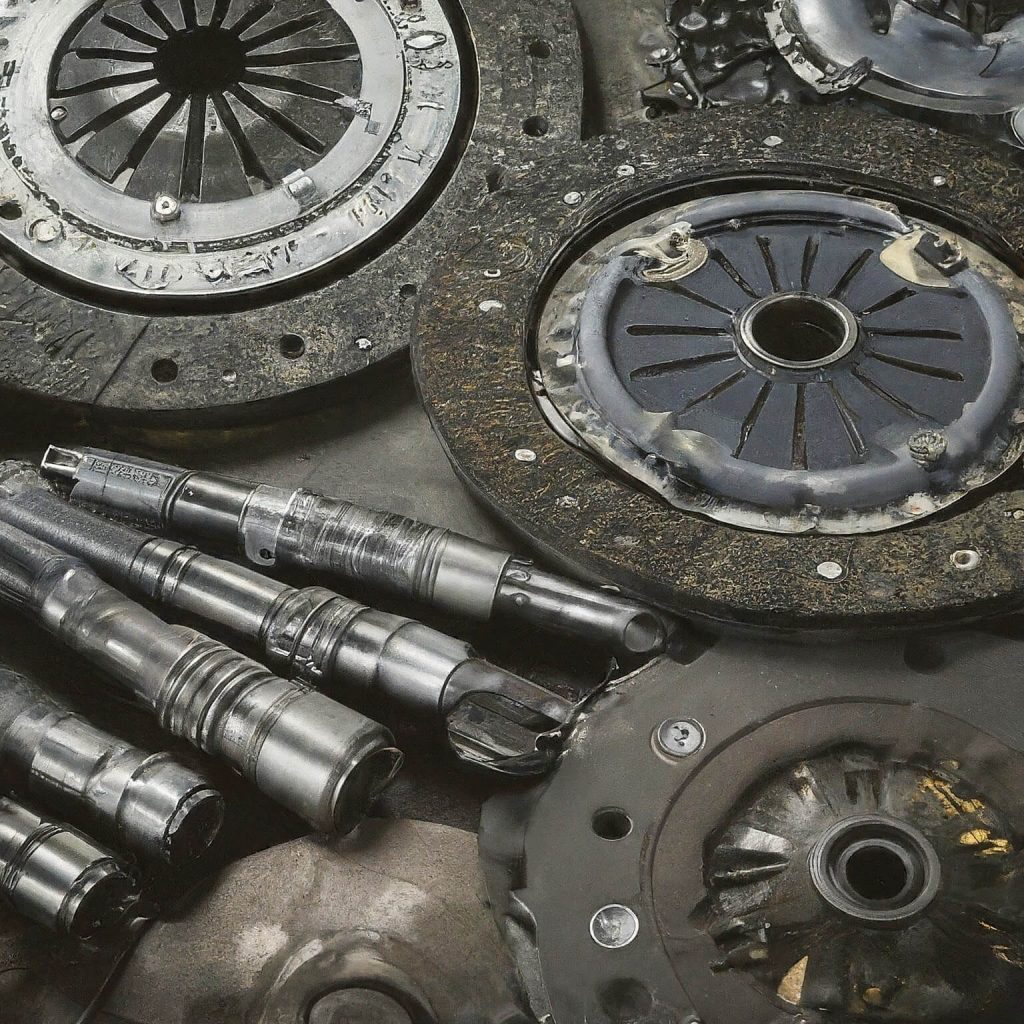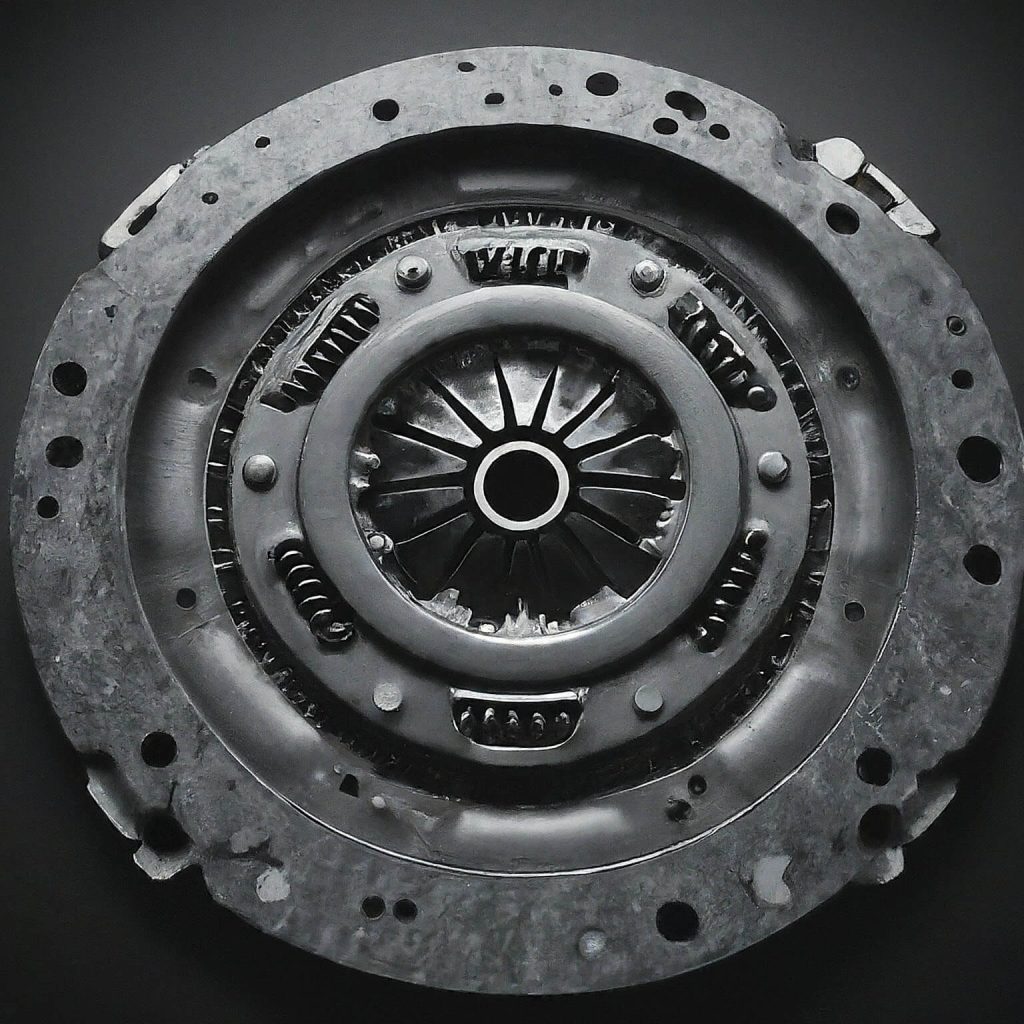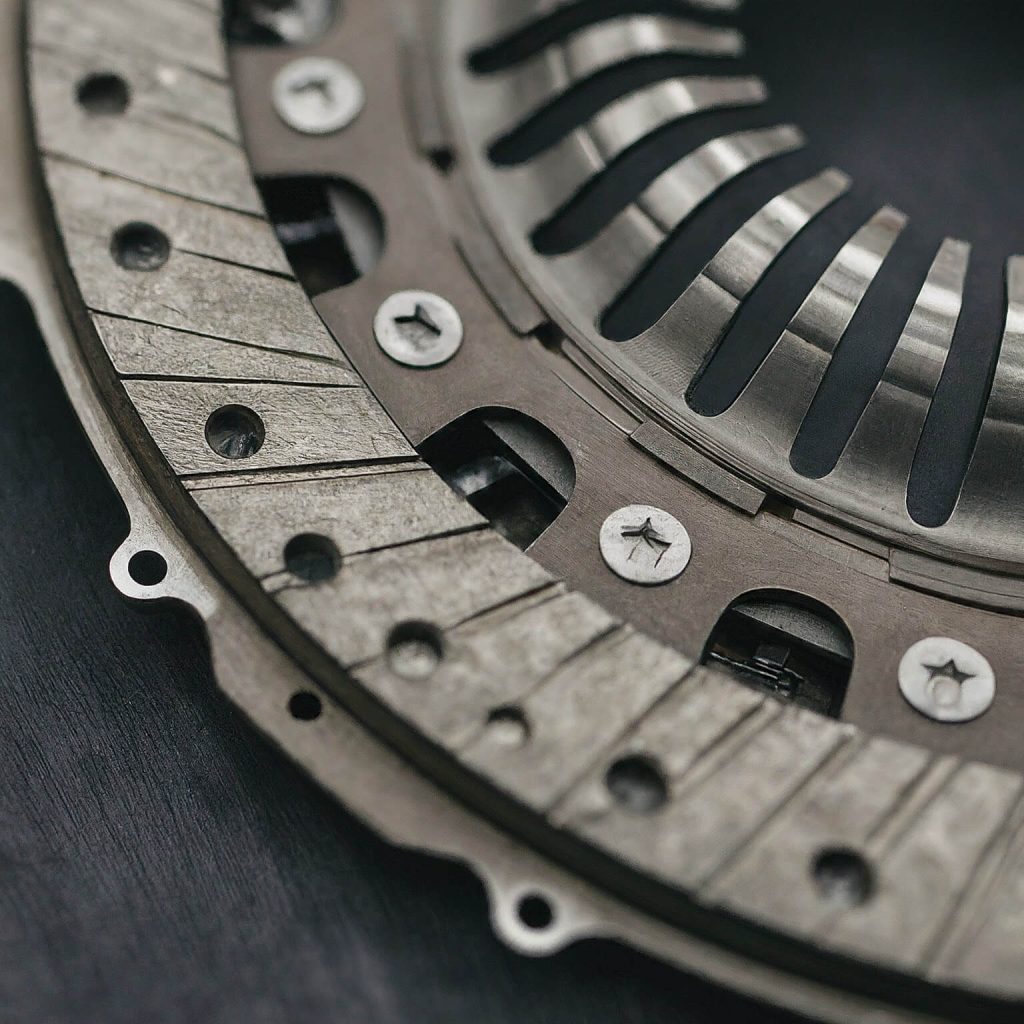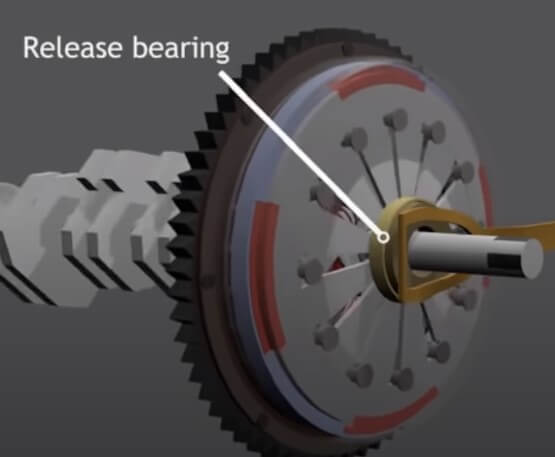Imagine a car as a complex orchestra, where every component plays a vital role in creating a harmonious driving experience. The clutch, nestled within this intricate system, acts as the conductor – seamlessly transitioning between gears and allowing you to control the vehicle’s power. But just like any instrument, the clutch wears down over time, leading to frustrating performance issues. This is where the clutch kit steps in, offering a comprehensive set of parts to restore your clutch’s functionality and get you back in control.

The Essential Trio: Disc, Pressure Plate, and Release Bearing

- Clutch Disc:
The workhorse of the clutch system, the clutch disc sits between the engine and the transmission. It’s comprised of a central hub with friction material bonded on either side. When the clutch is engaged, the friction material on the disc makes contact with the flywheel (explained later) and pressure plate, transmitting engine power to the transmission. Over time, this friction material wears down, necessitating a replacement.

- Pressure Plate:
Clamping down on the clutch disc is the pressure plate. This spring-loaded plate applies the necessary force to create friction between the disc and flywheel, allowing power transfer. As the clutch pedal is pressed, a mechanism (hydraulic or mechanical) releases the pressure on the plate, enabling gear changes. A worn-out pressure plate can lead to slipping and difficulty engaging gears.

- Release Bearing:
Acting as the intermediary between the clutch pedal and the pressure plate is the release bearing. This bearing, also known as a throw-out bearing, is located on the input shaft of the transmission. When the clutch pedal is depressed, the release bearing pushes against the pressure plate’s fingers, disengaging the clutch. A faulty release bearing can manifest as a chattering noise or incomplete clutch disengagement.

Additional Players: Flywheel, Pilot Bearing, and Alignment Tool
While not always included in every clutch kit, these components play a vital role in clutch operation:
- Flywheel: The flywheel is a large, rotating disc connected to the engine’s crankshaft. The clutch disc makes contact with the flywheel’s friction surface to transmit power. Some kits may include a replacement flywheel, especially if the original one is damaged or excessively worn.
- Pilot Bearing (or Bushing): This bearing provides support for the transmission’s input shaft where it meets the crankshaft. It ensures smooth rotation and reduces wear on both the shaft and the clutch disc’s hub. Some clutch kits may include a replacement pilot bearing, depending on the vehicle application.
- Alignment Tool: Aligning the clutch disc perfectly with the flywheel is crucial for proper operation. Some clutch kits come with a dedicated alignment tool that ensures the disc’s central hub sits concentric with the flywheel and transmission input shaft. This tool helps prevent clutch judder or vibrations after installation.
Choosing the Right Clutch Kit: Material Matters
Clutch kits come in various configurations based on the vehicle and intended use. Here are some key factors to consider when choosing a clutch kit:
- Organic: These standard clutch discs utilize organic materials like woven fibers, offering a smooth and quiet operation. They are ideal for everyday driving.
- Ceramic: Offering increased heat resistance and durability, ceramic clutch discs are popular for performance applications or vehicles towing heavy loads. However, they may engage more abruptly and generate slightly more noise.
- Kevlar: Kevlar, a high-strength aramid fiber, provides excellent grip and heat resistance, making it suitable for high-performance driving and racing. However, Kevlar clutches can be more expensive and may wear out other drivetrain components faster due to their aggressive nature.
Beyond the Basics: Upgraded Clutch Kits
For those seeking enhanced performance or durability, manufacturers offer upgraded clutch kits. These kits may include:
- Heavy-Duty Pressure Plate: This upgraded pressure plate can handle the increased clamping force required for higher-powered engines.
- Performance Clutch Disc: Featuring stronger friction materials and improved heat dissipation, these discs are designed for demanding driving conditions.
- Lightweight Flywheel: A lighter flywheel reduces rotational inertia, allowing for quicker engine revs and sharper gear changes.
The Importance of a Quality Clutch Kit
A well-functioning clutch is vital for a safe and enjoyable driving experience. Opting for a high-quality clutch kit from a reputable manufacturer ensures:
- Optimal Performance: Precisely engineered components guarantee smooth gear changes, efficient power transfer, and improved drivability.
- Durability: Quality materials ensure the clutch kit lasts for years to come, reducing the need for frequent replacements.
Warranty: A manufacturer’s warranty provides peace of mind, protecting you against any unforeseen defects.
Leave a Reply